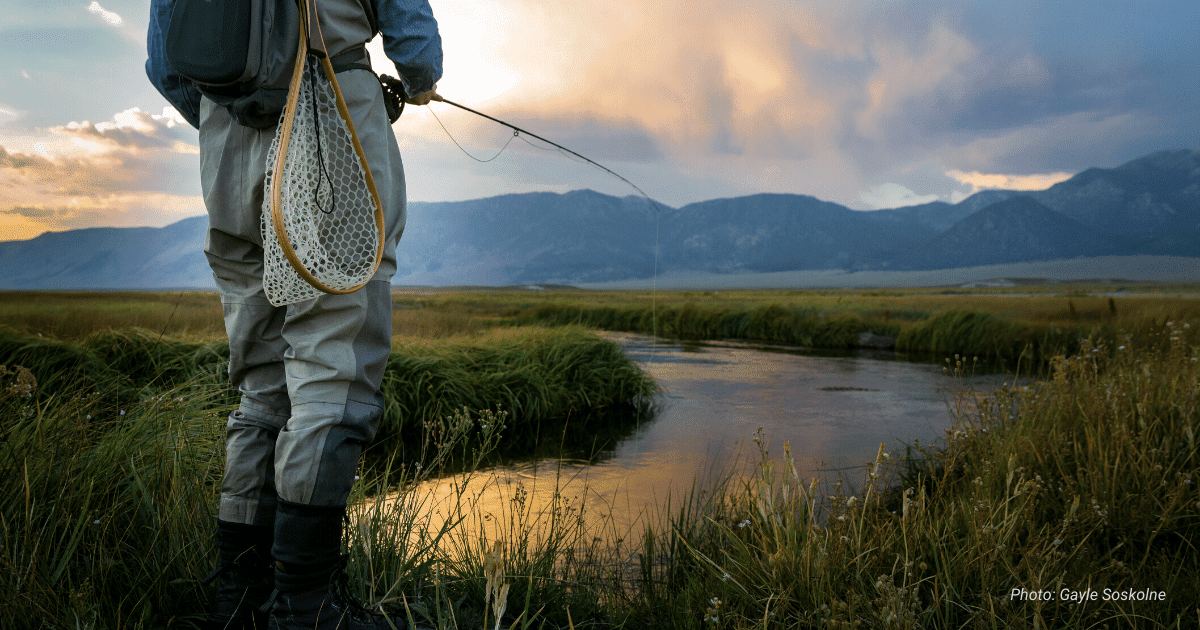CA Fish and Game Commission Will Meet June 24 – 25 to Discuss New Trout Fishing Regulations
Last winter, CalTrout engaged the fishing community to weigh in on the inland trout fishing regulation simplification process led by the California Department of Fish & Wildlife (CDFW).
Since then, we have been closely involved with the process and wrote a formal comment letter to highlight our philosophies on trout management. In the letter, we advocate for a balanced approach to increasing the opportunities for anglers to get on the water while also protecting native trout species and sensitive wild trout fisheries.
Our latest article titled “California Fishing Regulations – Seeking a Balanced Approach” in The Current lays out our timeline, process overview, outcomes assessment, and shares our rationale for continuing to engage in this effort. It also outlines the opportunities for continuing public input in the process.
Attending the Meeting
By careful design, any regulation changes must occur within the California Fish and Game Commission three-part process. This week will be step 1 of that process, the primary notice meeting. Step 2, the public comment meeting and staff recommendation debate provided to the Commission will take place in August, and step 3 will be a meeting to vote on putting the formal changes into effect. See meeting schedule below:
- June 24 and 25 – Notice Meeting
- August 19 and 20 – Discussion Meeting
- October 14 and 15 – Vote/Adoption Meeting
California is such a special place for anglers and can have multiple and sometimes conflicting goals and management approaches to suit those goals.
Despite these challenges, we view the trout regulation simplification as a critical opportunity to help ensure that wild fish thrive in healthy waters for a better California.
CalTrout will be participating this week and providing public comment. You can view the agenda, join the meeting, or watch the live cast by following the instructions in the link below. Check back here for more updates on the upcoming meetings.
More information





